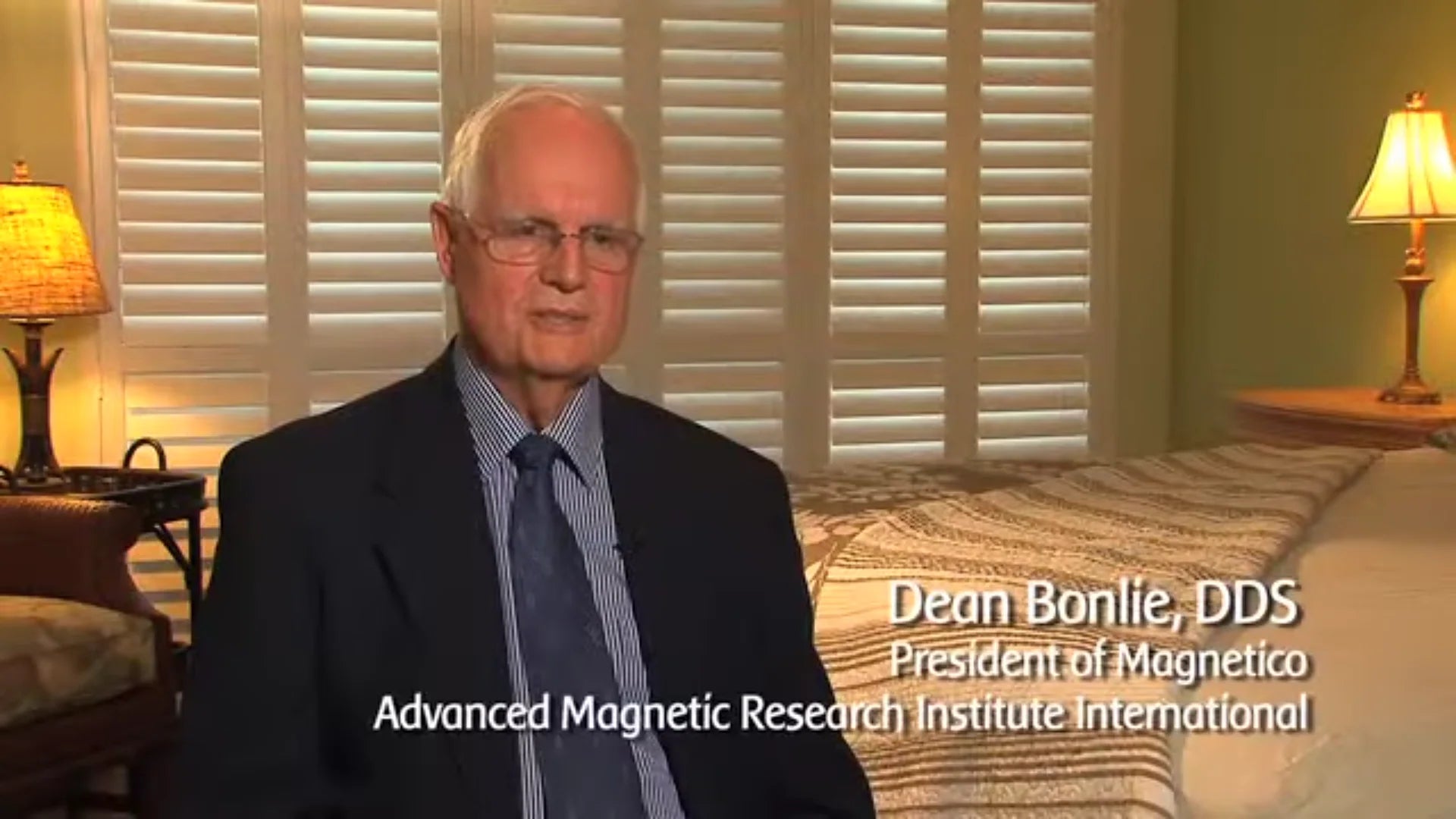
Restore Nature’s Magnetic Strength
Scientifically-Inspired. Clinically Observed. Life-Enhancing.
Why Magnetico?
Sleep Deeper. Wake Renewed. Live Stronger.

The Most Powerful Magnetic Sleep System

Title

